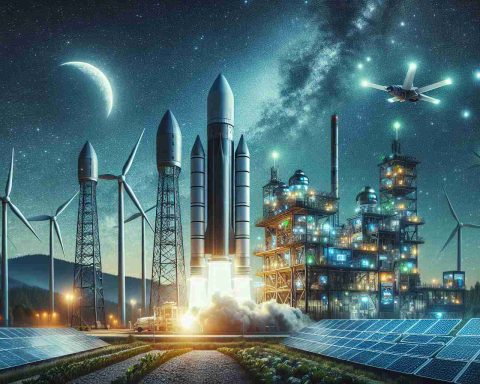Space agencies worldwide are grappling with an ongoing air leak issue at the International Space Station, sparking debates over its root cause and potential consequences. The leak, located in a vestibule of the Zvezda service module, has persisted for years, prompting station crews to take precautionary measures.
Contrary to a common understanding, Russian engineers attribute the cracks to “high cyclic fatigue” caused by micro-vibrations, while NASA posits a combination of factors such as pressure and mechanical stress. Despite joint efforts by technical teams to investigate the issue, there remains a lack of consensus on the severity of the problem.
In a recent briefing, NASA officials addressed concerns over the growing leak rate, emphasizing repair efforts that have successfully reduced air loss. Nevertheless, the situation remains a point of concern for both agencies and astronauts aboard the station.
While the disagreements persist, there is a shared goal to enhance understanding of the structural integrity of the affected module. Efforts to engage external experts from academia and industry are being explored to facilitate a resolution to this engineering challenge.
As the station continues to age, incidents like the PrK air leak underscore the importance of proactive maintenance and collaborative problem-solving among international partners in space exploration.
Space Agencies Uncover New Insights into Ongoing Air Leak Mystery at International Space Station
Space agencies participating in the investigation of the air leak issue at the International Space Station have made significant strides in uncovering additional details that shed light on the elusive root cause of the problem. Despite continued efforts to address the leak, important questions have emerged that challenge experts and astronauts alike.
Key Questions:
1. What role do temperature fluctuations play in the development of the air leak?
2. Are there potential risks associated with the persistent air loss from the station?
3. How are space agencies collaborating to mitigate the impact of the leak on crew safety and station operations?
Answers and Challenges:
1. Temperature fluctuations have been identified as a contributing factor to the expansion and contraction of materials, potentially exacerbating the cracks in the module.
2. The gradual air loss could lead to decreased oxygen levels and compromised life support systems over time, posing risks to crew members and mission objectives.
3. Collaborative efforts between space agencies have faced challenges in reconciling differing assessments of the leak’s severity and the most effective repair strategies.
Advantages and Disadvantages:
The advantage of tackling the air leak issue head-on is the opportunity to enhance our understanding of spacecraft maintenance and engineering under extreme conditions. By overcoming this challenge, space agencies can improve the safety and reliability of future missions.
However, the disadvantages include the persistent uncertainty surrounding the root cause of the leak and the complexity of implementing repairs in a confined and remote environment. These challenges highlight the need for innovative solutions and thorough risk assessment to ensure the long-term sustainability of the space station.
For more information on space exploration and collaboration:
NASA Website
Roscosmos Website
















